by Brad Reynolds
The later half of the 19th Century was a defining time for the American Navy as it began to modernize its ship design and tactical thinking. The USS Olympia would be the last ship built under the auspices of a US Naval policy focused on defensive posturing and commerce raiding. In 1887, Secretary of the Navy Benjamin Tracy would begin aliening American Naval doctrine with the theories of Admiral Alfred Thayer Mahan, asserting that offensive naval power was synonymous with global impact. Though the _USS Olympia_ would be the last ship built for a defensive navy, shear technological superiority would allow her to become the flagship of Admiral Dewey’s Asiatic Squadron and America’s evolving imperial navy.
[text_ad]
Upon her inception, Scientific American named the Olympia “greatly superior” to her global equivalents, including the naval benchmark of the day in the British Navy. The Olympia was lighter than British competitors, wielded twice the horsepower, and carried heavier armaments. This combat superiority caught the eye of Admiral Dewey, who named the Olympia flagship of his Asiatic Squadrons prior to America’s entrance into the Spanish-American War.
“Fire When Ready, Gridley.”
Spanish forces outnumbered Dewey’s squadron at the Battle of Manila Bay in 1898, albeit with outdated ships and shore guns, leading many international observers to give the Americans little chance of surviving. Regardless of perceptions, on the morning of May 1st, Admiral Dewey gave the now famous order to the Olympia’s captain, “you may fire when you are ready, Gridley.” The Olympia led the American battle line, decimating the Spanish fleet and shocking the world.
American naval strategists had believed that Dewey’s Squadron could only make a dent in the strategic positioning of the Spanish Fleet, in preparation for a peace settlement. With the superior firepower of the Olympia, Dewey was able to force a surrender of the Spanish Fleet, obliging America to eventually take control of the Philippines and fill the power vacuum that the American victory at the Battle of Manila would inevitably create. The stage was set for America’s 20th century expansion in the Pacific.
During World War I, the USS Olympia would act as an anti-submarine vessel, protecting American merchant ships from German U-boats. She would also be part of the US expeditionary force to Russia following the Bolshevik Revolution of 1918. After delivering an American peace keeping force to Mumansk, Russia, the Olympia would take part in the occupation of Archangel during the Allied intervention in the Russian Civil War.
Decommissioned & Designated a National Historic Landmark
To conclude American involvement in World War I, the Olympia was awarded the honor of transporting the Unknown Soldier back to Washington D.C and laid to rest in Arlington National Cemetery.
The Olympia was decommissioned in 1922, remaining in reserve until 1957 when she was refurbished as a museum ship in Philadelphia. Designated a National Historic Landmark in 1966, the Olympia survives today as the last remaining member of the Asiatic Squadron and the oldest U.S. steel warship still afloat. From America’s initial statement of force in the Pacific to the beginnings of American tensions with Russia, the USS Olympia supplied the force and speed necessary to enforce American foreign policies.
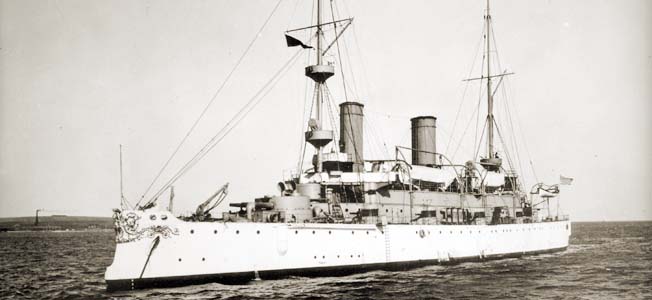
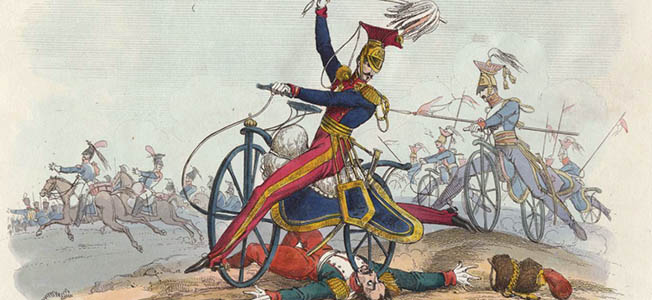
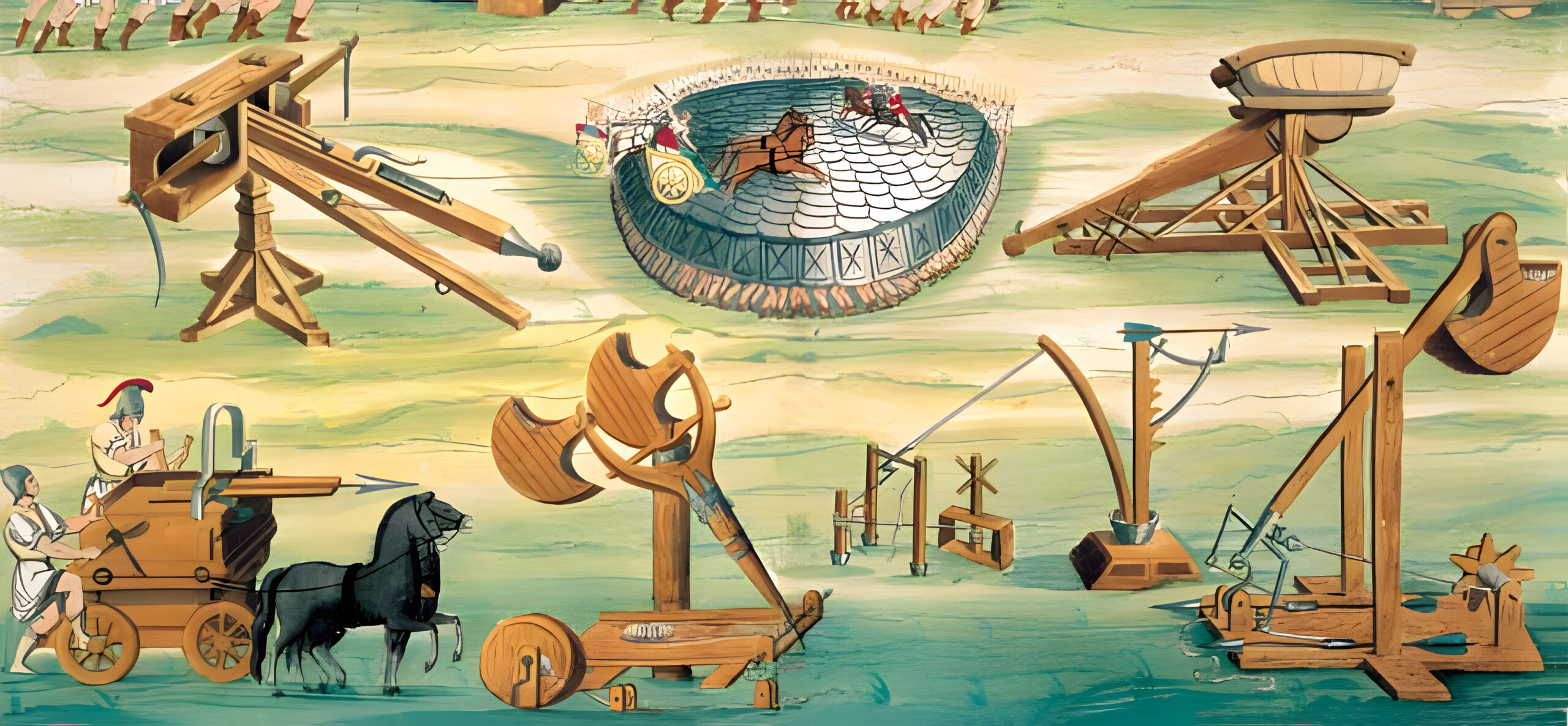
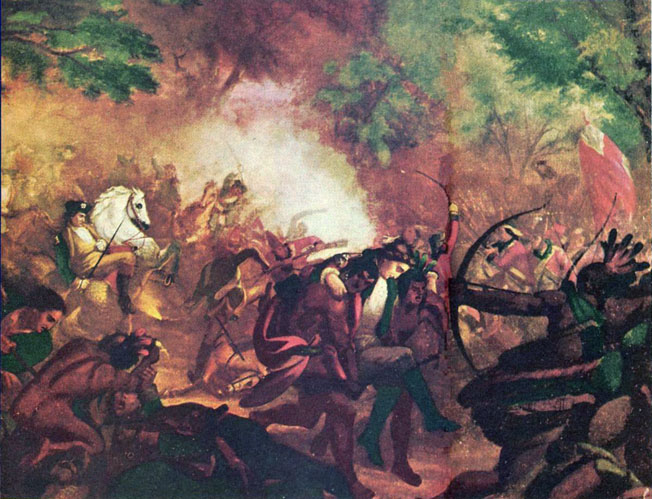
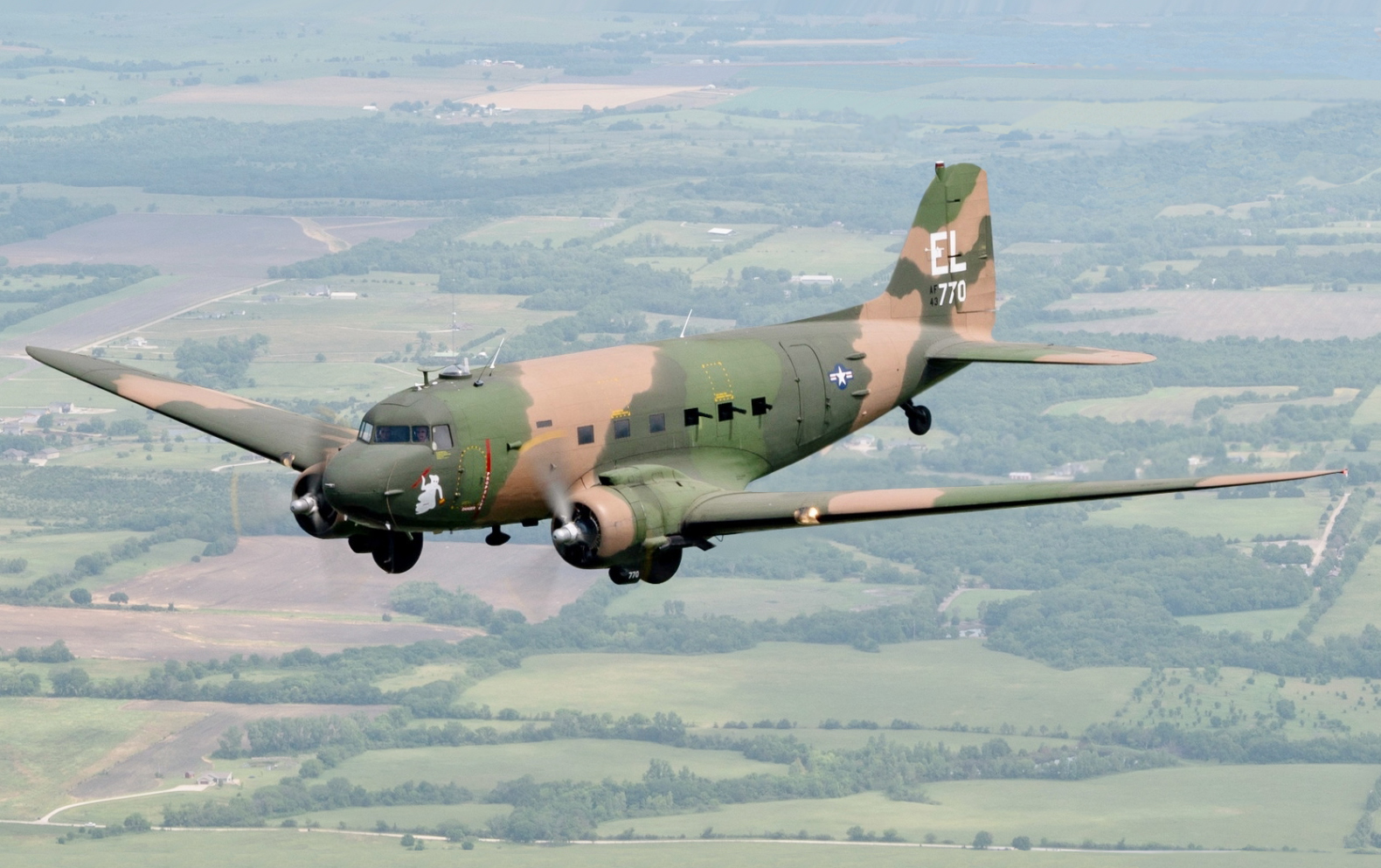
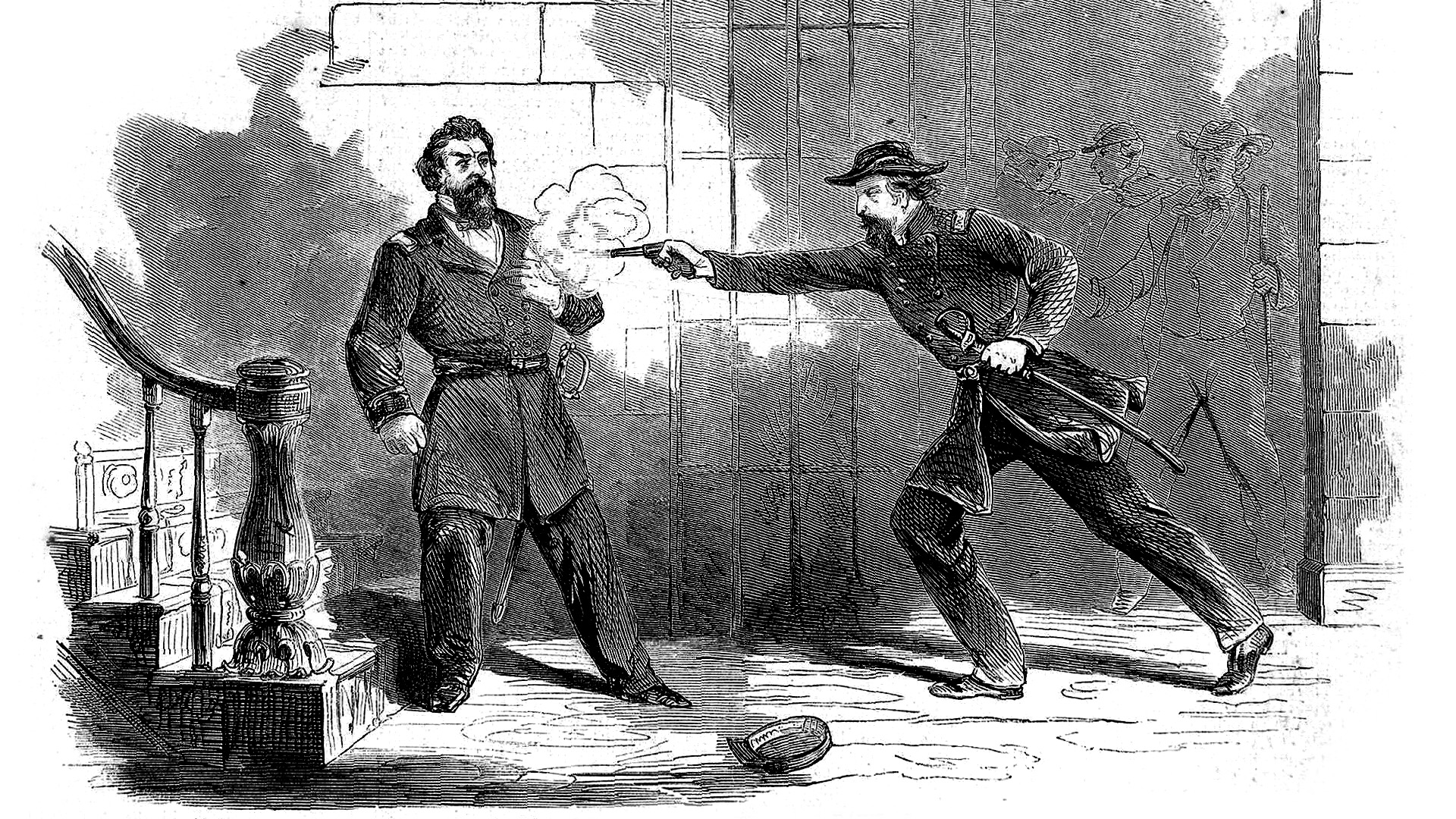
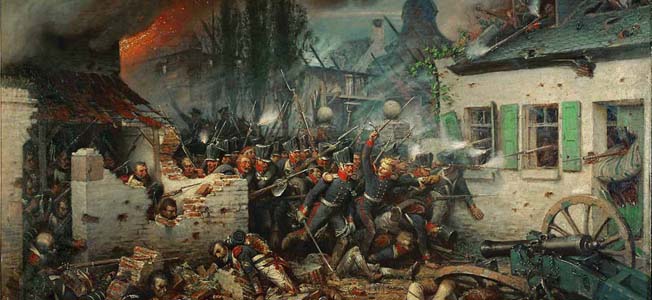
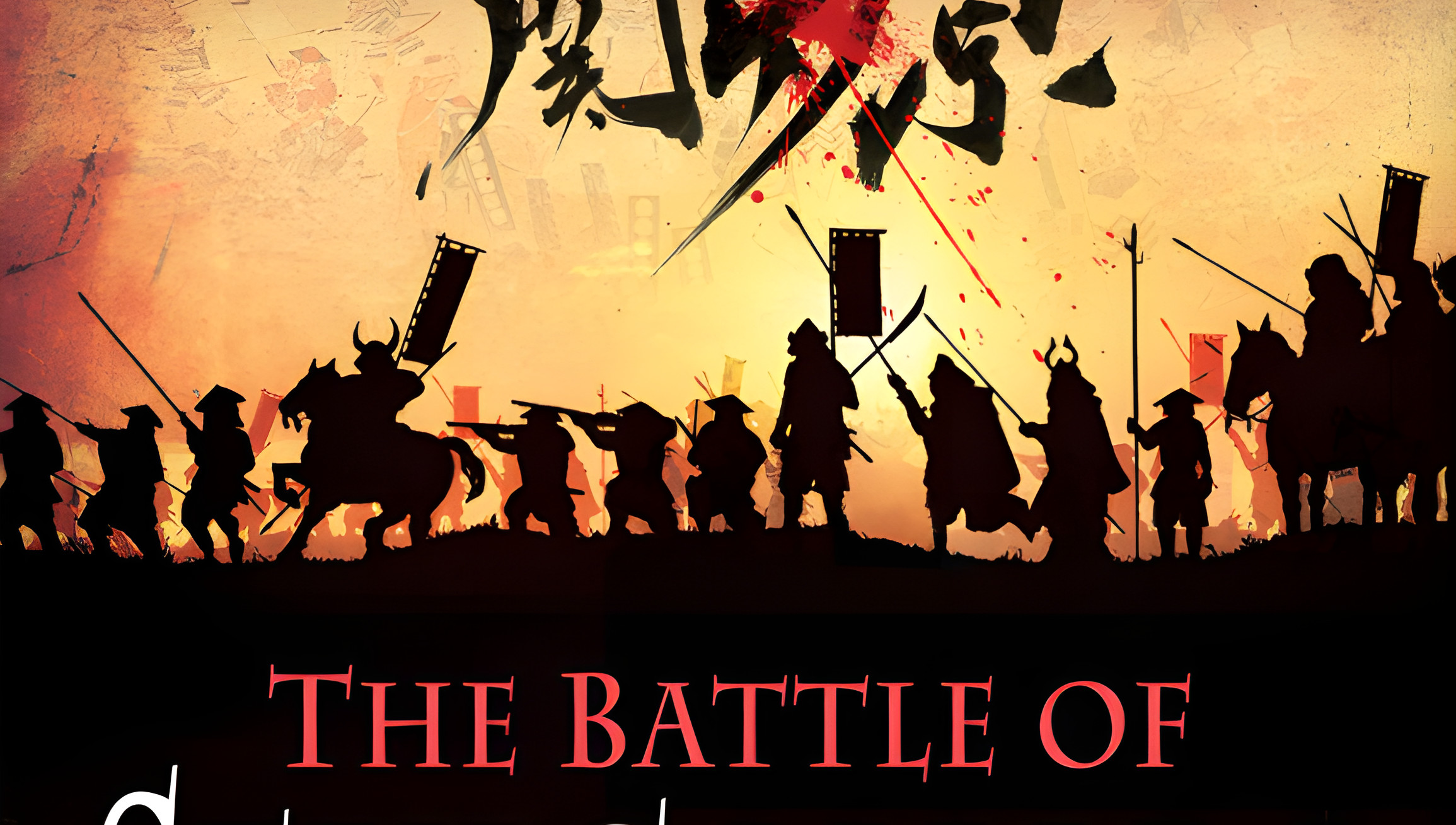
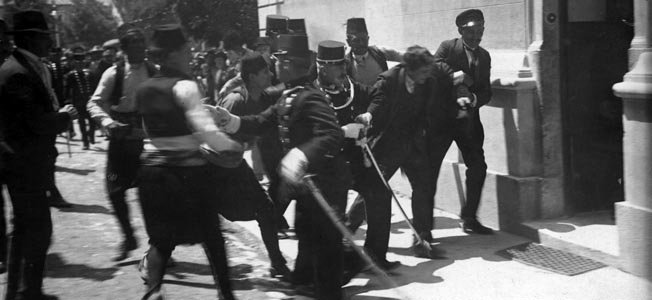
Join The Conversation
Comments
View All Comments